Camping with kids for the first time can make any parent feel worried and a little unsure. Make the experience as enjoyable as possible for both you and your kids by following these five tips:
1. Do a practice run
If your kids have never been camping before, it’s a good idea to spend a night “camping” in your backyard. That way your kids can get a taste of what’s to come, and you’ll have a better idea of how they handle sleeping in a tent or camper.
2. Start small
You might prefer to camp in the wilderness with no running water, but a child may be most at ease camping in a more developed area. Start at a campground close to home with toilets and running water. You want to ease kids into the camping experience—not scare them away from it.
3. Get the kids involved
Letting your kids be involved in the planning process will help build their excitement and make them feel more comfortable with the overall camping experience. Have them help you plan out meals and let them pack their own bags. It will make them more aware of the responsibilities that come with camping so they’re prepared in the future.
4. Establish camp rules
Kids should have fun while camping, but it also important that they stay safe. Set up boundaries so they know where it is okay to roam while unsupervised and which areas are off-limits. You can also create a buddy system. If your kids wants to go off by themselves, they should always tell an adult first.
5. Plan activities
If your kids are used to being entertained by televisions, cell phones, computers, and other electronic devices, they might feel lost without technology. Plan fun activities though like hiking, swimming, and games to help your kids forget about their video games!

 If you are an international customer, please
If you are an international customer, please 
 Get cooking tips, stories, and news about products and events by
Get cooking tips, stories, and news about products and events by 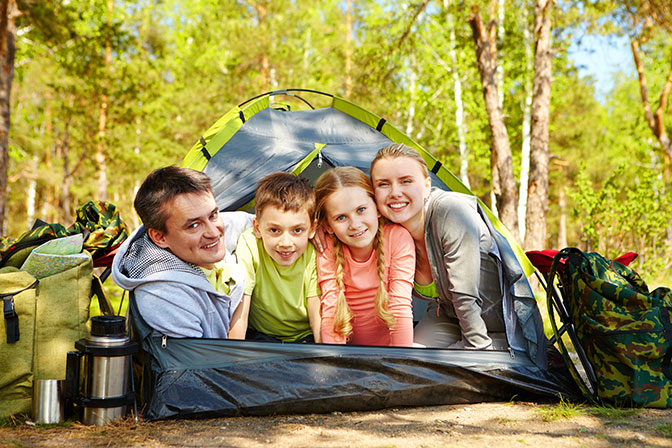
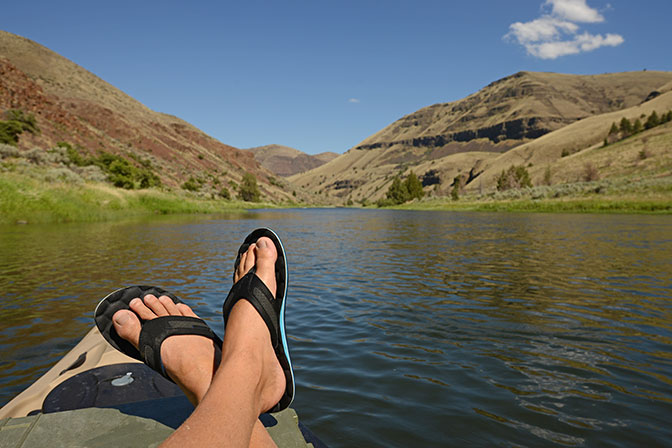
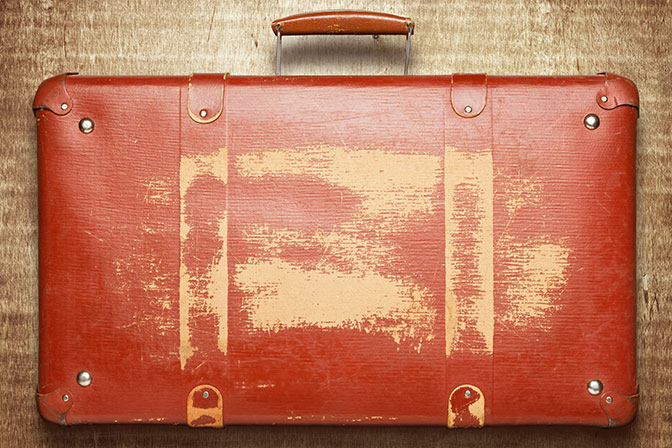
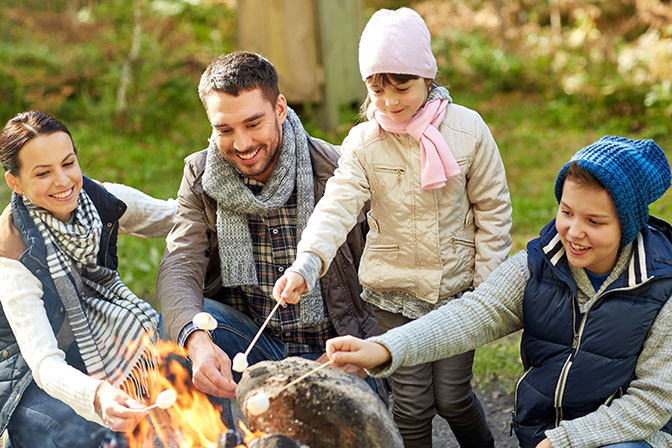
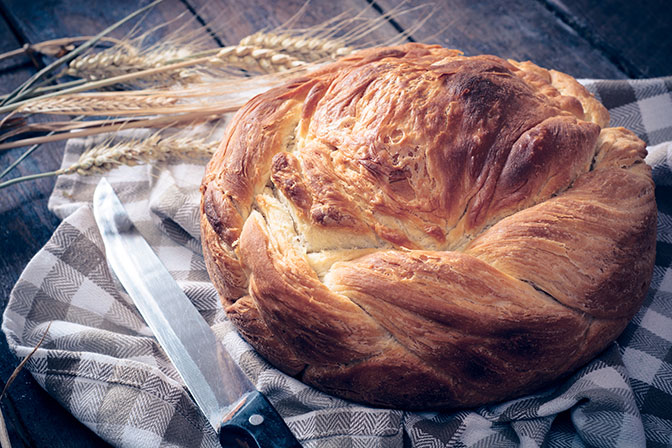
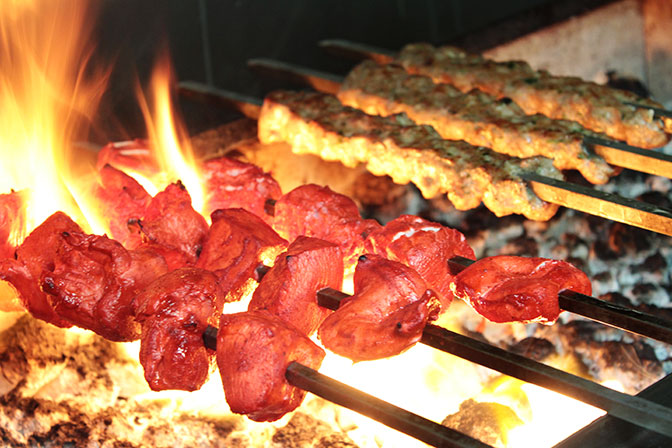
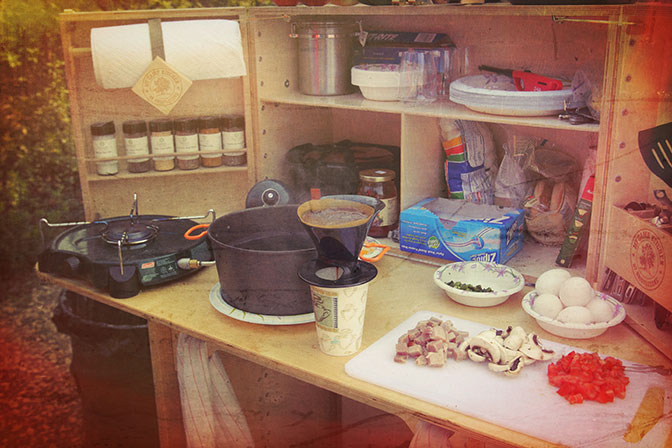
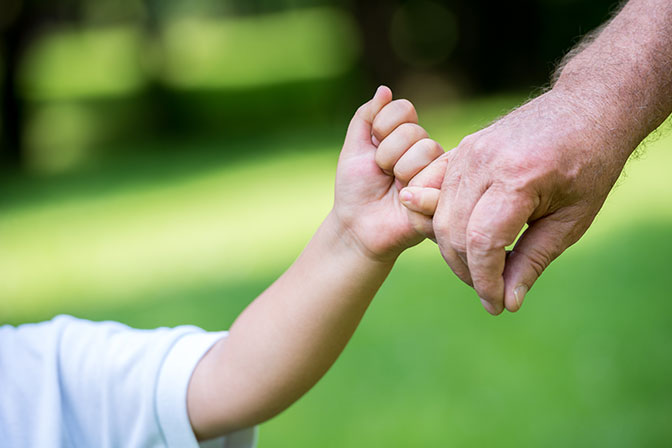
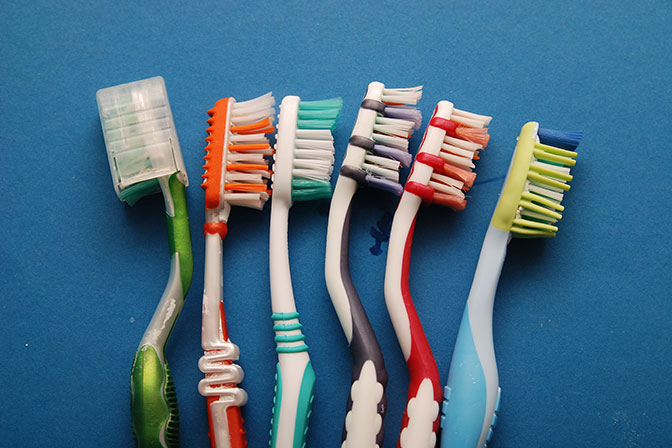

 Want to find out more about our products or speak directly with us? No, problem! Fill out our
Want to find out more about our products or speak directly with us? No, problem! Fill out our